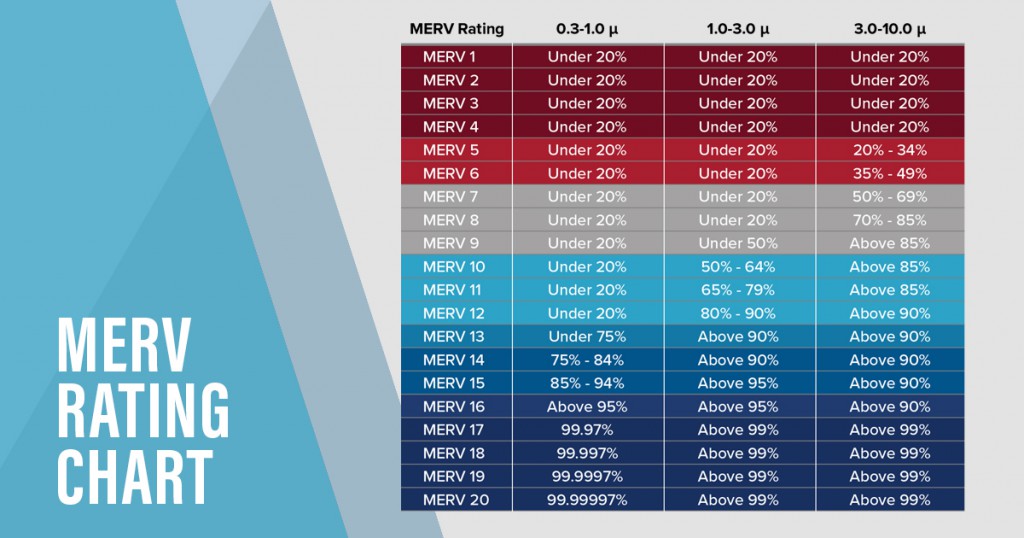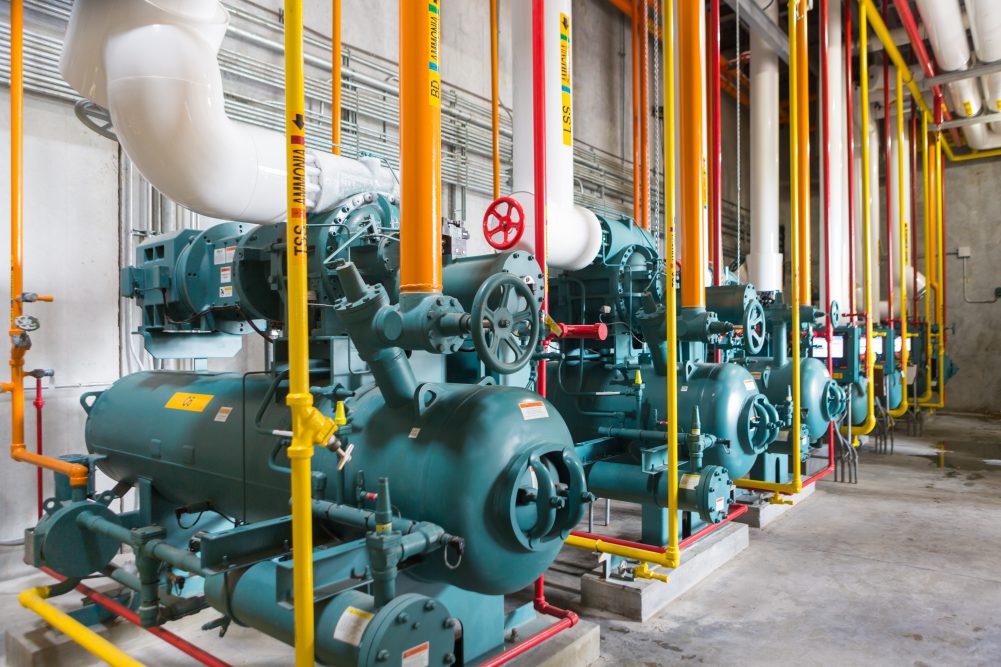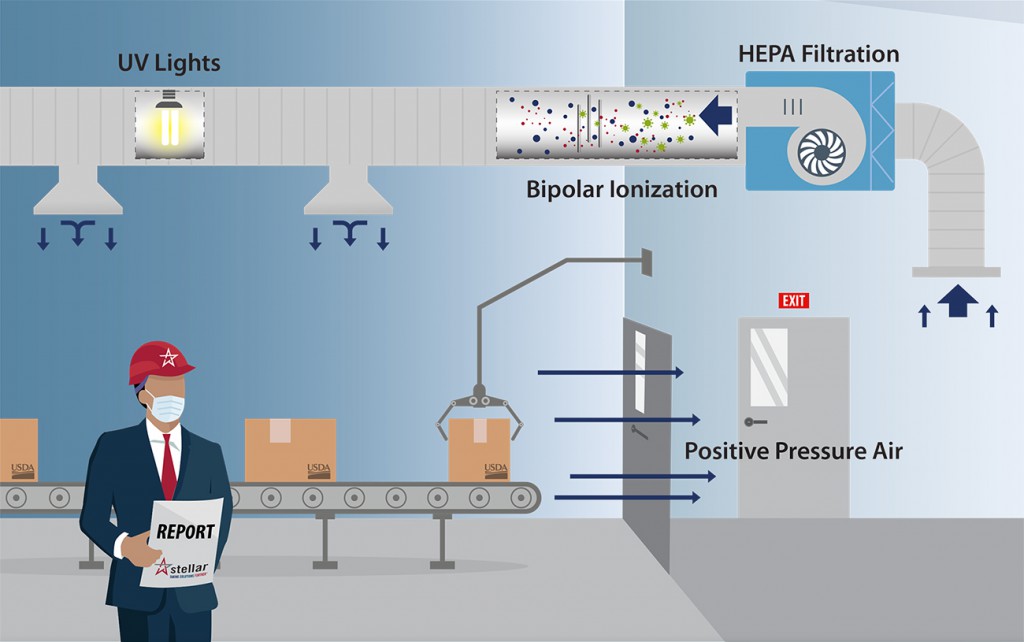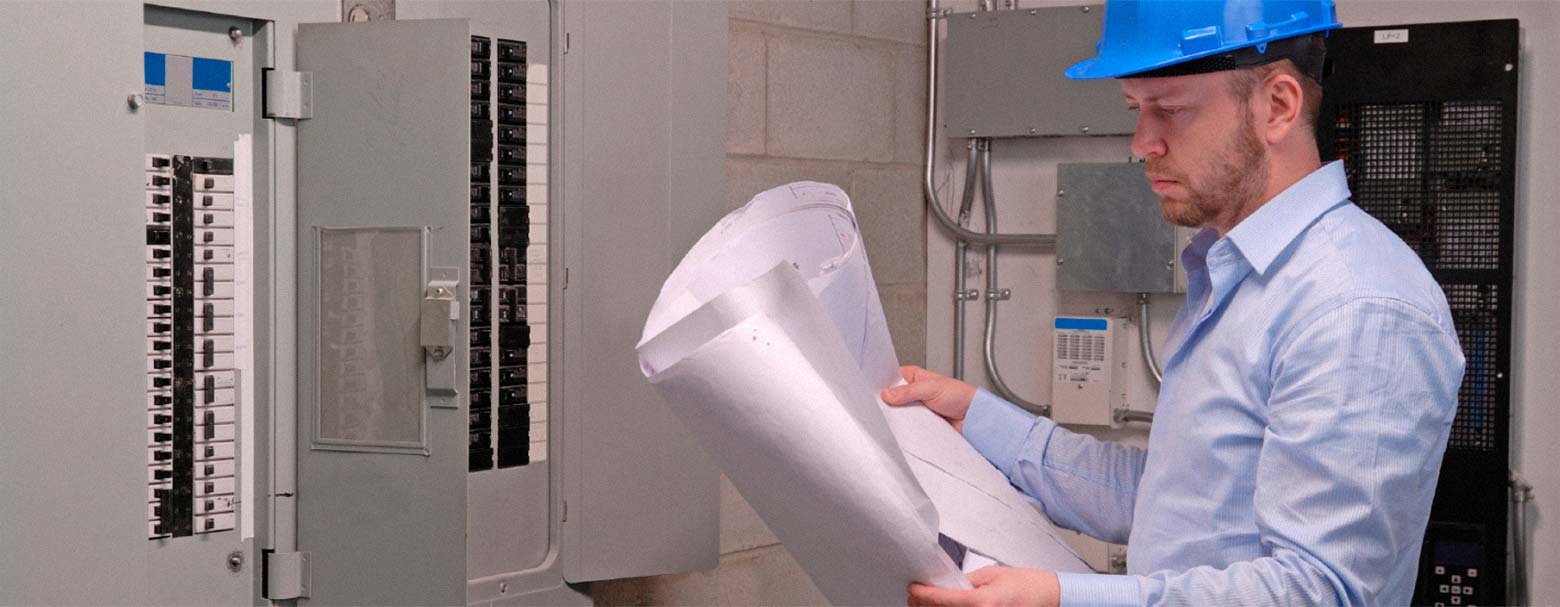Does your PSM compliance training meet the latest OSHA requirements? [infographic]
Industrial refrigeration managers know that their personnel must undergo Process Safety Management (PSM) compliance training — but how do they know if their current training meets with the latest requirements from the Occupational Safety and Health Administration (OSHA)?
For example, did you know that simply sending your refrigeration team off for generic training at another facility is not enough? OSHA 1910.119 mandates being trained on your specific equipment and process.
Continue Reading “Does your PSM compliance training meet the latest OSHA requirements? [infographic]”



![Does your PSM compliance training meet the latest OSHA requirements? [infographic]](https://stellarfoodforthought.net/wp-content/uploads/2022/01/PSM-Training.png)








